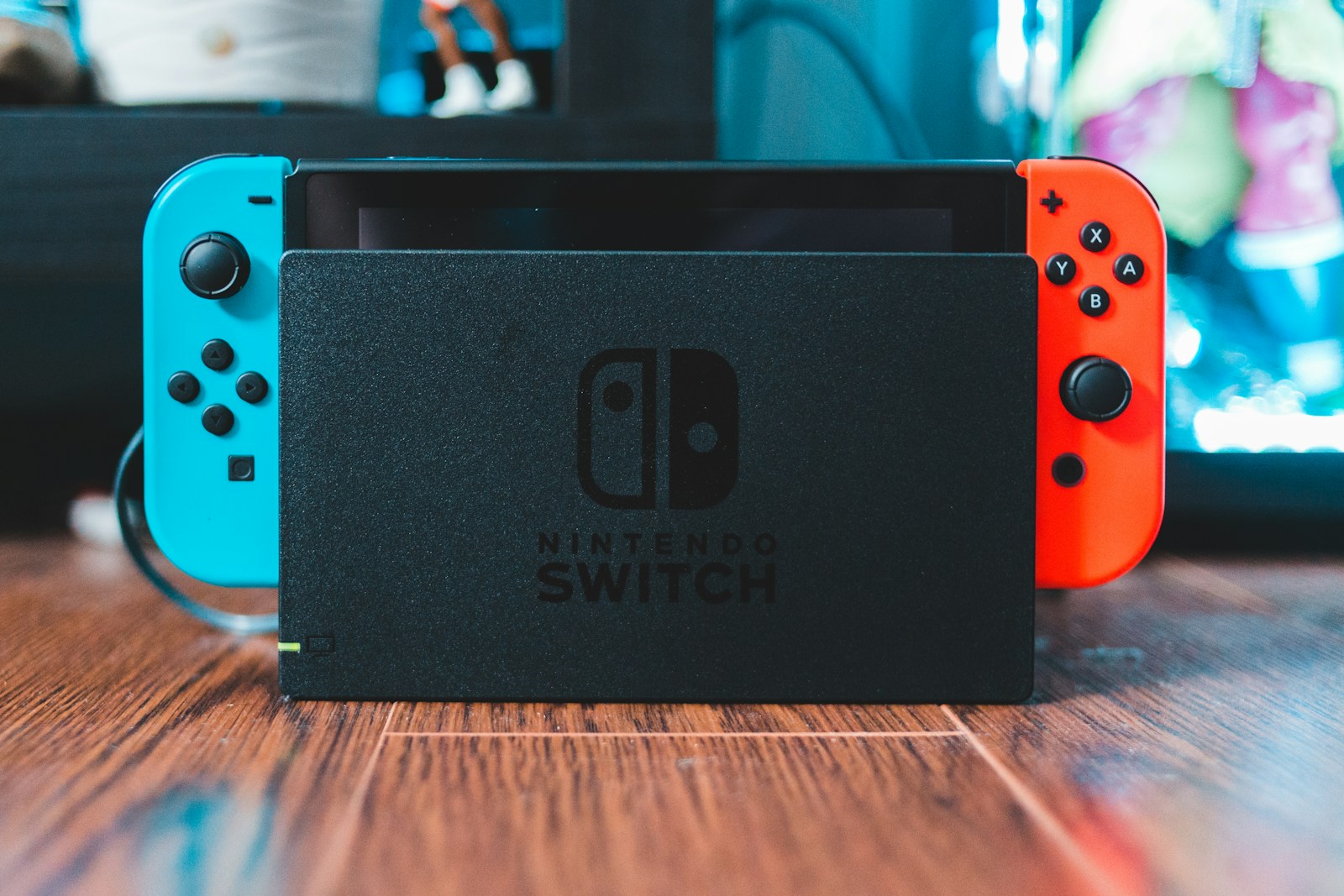From Playing Cards to Electronics
When Nintendo was founded in 1889 by Fusajiro Yamauchi, its only focus was Hanafuda playing cards. For decades, the company thrived in the card business, even as it explored other ventures like taxi services and toy production. But in the 1970s, Nintendo made the pivot toward electronics, a move that laid the groundwork for its entry into gaming.
Nintendo’s first step into this new world came in the form of arcade games and simple gaming devices, like the “Color TV-Game” systems released in Japan. While modest, these efforts built critical know-how within the company. The team that helped Nintendo enter the gaming space didn’t reinvent the wheel—they just worked on delivering something decent enough to find its audience.
The NES and the Birth of Home Console Gaming
The Nintendo Entertainment System (NES), released in Japan in 1983 as the Famicom and worldwide in 1985, is perhaps the firm’s most revolutionary product. At the time, the video game market in the U.S. was struggling with oversaturation and lacklustre products, but the NES reintroduced quality and excitement to gaming. Titles like Super Mario Bros. and The Legend of Zelda weren’t just hits; they were cultural phenomena.
People like Shigeru Miyamoto, the mind behind many of these early hits, were instrumental. But let’s not forget the designers, engineers, and overseas marketers who managed to navigate countless challenges to ensure the NES wasn’t just another piece of tech. All of them, like midwives, guided us to where we are today.
Experimentation with the Super Nintendo and N64
Following the NES, Nintendo introduced the Super Nintendo Entertainment System (SNES) in 1990. This 16-bit console elevated gaming with richer graphics, enhanced controls, and legendary games like Super Mario World and Donkey Kong Country. The SNES showed that Nintendo was committed to not just iterating on its early success but dramatically improving it.
Then came the Nintendo 64 (N64) in 1996, which heralded the industry’s leap into 3D gaming. Titles like Super Mario 64 and The Legend of Zelda: Ocarina of Time are often credited with defining what is possible in video game storytelling and design. But it wasn’t all perfect. Some criticized the N64’s insistence on cartridges in a world moving toward CDs. Choices like this sometimes reflected Nintendo’s willingness to prioritize its own vision over market trends.
Innovating Against the Odds: GameCube and Wii
The 2001 release of the GameCube saw Nintendo experiment once again, this time with a more compact disc-based system. While the GameCube had a dedicated fanbase thanks to games like Super Smash Bros. Melee and Metroid Prime, it was overshadowed by fierce competition from Sony’s PlayStation 2 and Microsoft’s Xbox. Some saw it as a stumble, but Nintendo’s next move was its most audacious yet.
In 2006, the Wii took the gaming world by storm. With motion controls and a focus on accessible gameplay, the Wii didn’t just attract traditional gamers; it appealed to families, seniors, and people who might never have picked up a controller before. Games like Wii Sports became cultural staples. The Wii was proof that being different—sometimes radically so—could work.
The Modern Era: Switch
Fast forward to 2017, and Nintendo launched the Switch. This was a console that did something no midwife of gaming had attempted before—it blended the divide between handheld and home consoles. The Switch offered versatility without compromise, and the world loved it. From Breath of the Wild to Animal Crossing: New Horizons, the Switch became a home for both blockbuster hits and indie gems.
Of course, crafting the Switch wasn’t magic. It came from years of lessons learned, balancing creativity with technical execution, and, above all, persistence. Nintendo engineers, designers, and collaborators didn’t have to be perfect, but they had to believe in the vision enough to bring it to life.
“`
